
views
Treating Minor to Moderate Sprains

See a doctor if you can’t bear weight on your foot. Signs of a sprain include pain, swelling, bruising, and inability to move the joint. Call your doctor if you think you have a sprain, especially if pain is too severe to put weight on your foot. The doctor will examine you to rule out any fractures or ligament tears that could be more serious than a sprain. Grade I, or minor, sprains may feel slightly sore and swell a little bit. They often don’t require medical attention. A Grade II sprain may have longer lasting pain, swelling, and bruising. You may not be able to put weight on the foot. A Grade III sprain will have severe pain, swelling, and bruising. You will not be able to stand on the foot.
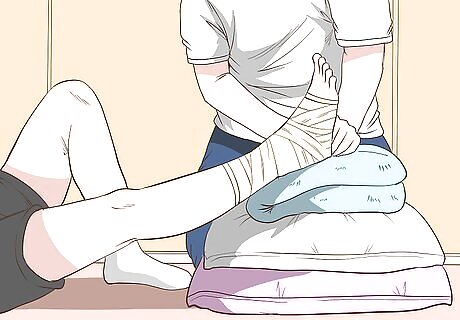
Rest your foot as long as pain and swelling persist. Treat your sprain by following the RICE rule, or Rest, Ice, Compression, and Elevation. Get plenty of rest, avoid any activity that causes pain, and try to keep your foot still. Try not to put weight on your foot. If necessary, get crutches or a cane from your doctor.
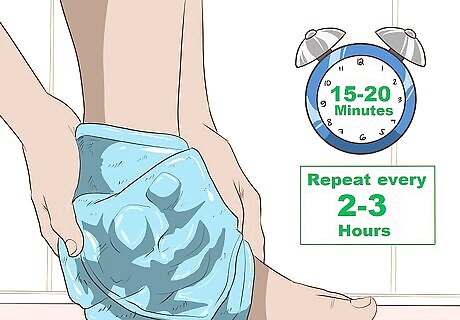
Ice the sprain for 20 minutes 2 to 3 times per day. Keep icing your foot until your symptoms subside. Ice will help reduce swelling and inflammation, and it will also give you some pain relief. Apply ice directly to the sprain, instead of wrapping it around
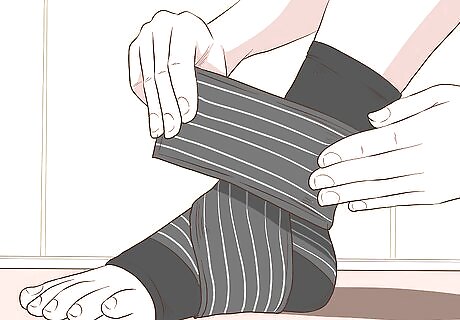
Compress your foot with an elastic bandage. Compression will help reduce the swelling in your foot after a sprain. Wrap your foot snugly, but don’t cut off your circulation. If your bandage has clips, use them to keep it in place. If not, use medical tape to secure it. Your doctor may also provide you with a compression boot or splint.
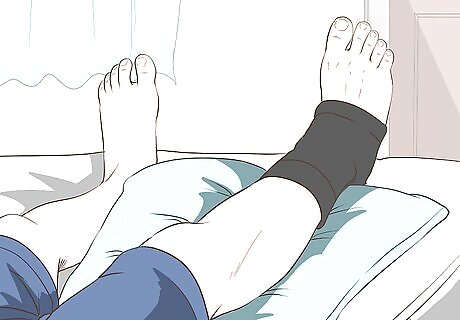
Elevate your foot to reduce swelling. Keep your foot higher than the level of your heart as often as possible. For example, lie down and prop your foot up on 2 or 3 pillows so it’s above your chest. Keeping your foot above chest level will reduce blood flow to your foot and help decrease swelling.
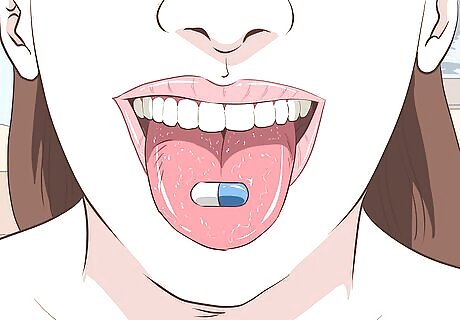
Take pain relievers and anti-inflammatory medicine. Over the counter drugs should be enough to control pain and swelling. Take any medication according to the instructions on the bottle or as directed by your doctor.
Treating Severe Sprains
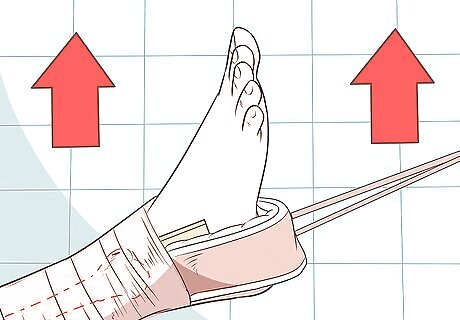
Continue with RICE and allow 6 to 8 months for severe sprains to heal. You should also treat a severe sprain with rest, ice, compression, and elevation. However, while a less serious sprain can heal within 2 to 4 weeks or less, a severe sprain can take months to heal. Keep weight off of your foot and stick with RICE treatment throughout the healing process.
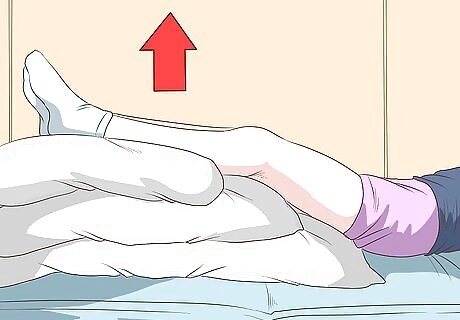
Wear an immobilizing cast according to your doctor’s instructions. A severe sprain involves significant ligament damage. In order to heal, your foot needs to be immobilized as much as possible. Your doctor will provide you with an immobilization cast or boot and let you know how long to wear it.

Discuss surgical treatments if your ligaments are seriously damaged. The most serious sprains may require surgery. If you have severe ligament damage, your primary doctor will likely refer you to a podiatrist, or foot specialist. After surgical reconstruction, you’ll have to wear a boot for 4 to 8 weeks. Depending on your injury’s severity, you’ll start physical therapy 4 to 8 weeks after surgery. It could take anywhere from 16 weeks to 12 months to fully recover.
Resuming Activity
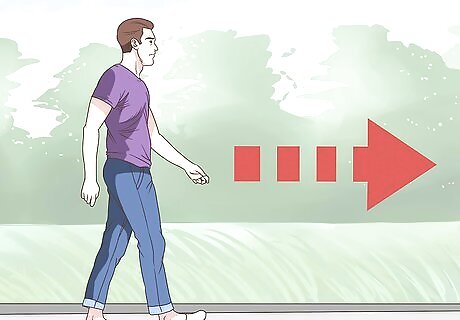
Begin light activity when pain and swelling subside. Check with your doctor before putting weight on your foot, especially if you have a moderate or severe sprain. Begin walking when you can bear weight without feeling pain. Start by walking for 15 to 20 minutes, or less if you feel sore. Gradually increase your walking time daily.

Wear a shoe insert or stiff-soled shoes. Your doctor might recommend a stiff shoe insert to support your foot during recovery. If not, wear stiff-soled shoes whenever you bear weight on your foot. Walking around barefoot or in unsupportive footwear, such as flip-flops, could worsen your injury.
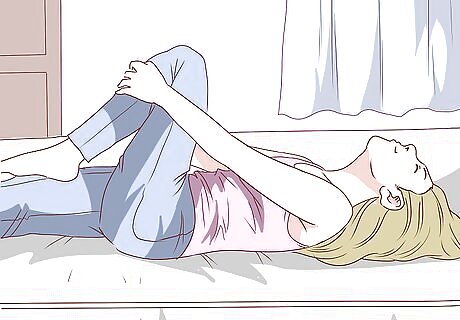
Stop doing an activity if you feel sharp pain. Keep weight off of your foot immediately if you feel sharp pain. Rest and ice it for 20 minutes to relieve discomfort. Call your doctor if you have a sudden increase in pain and swelling after an activity.
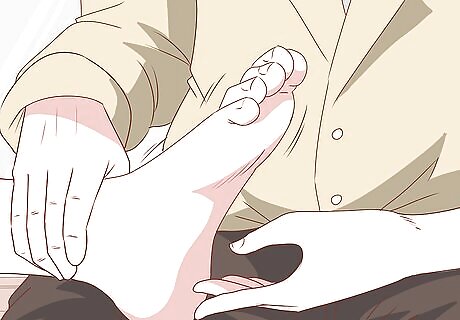
See a physical therapist to avoid future joint issues. A bad sprain can lead to arthritis and other joint issues later in life. If you’ve suffered significant ligament damage, you’ll need to see a physical therapist to avoid complications. If your doctor doesn’t refer you to a physical therapist, ask them to recommend stretches and exercises that benefit your specific injury.

















Comments
0 comment